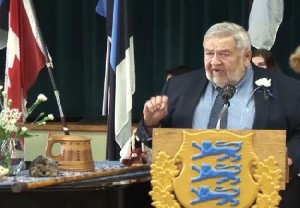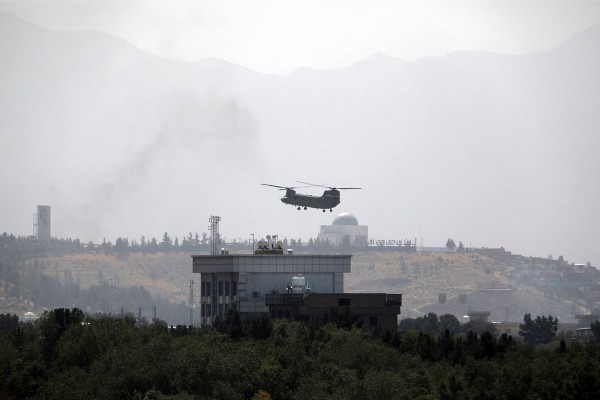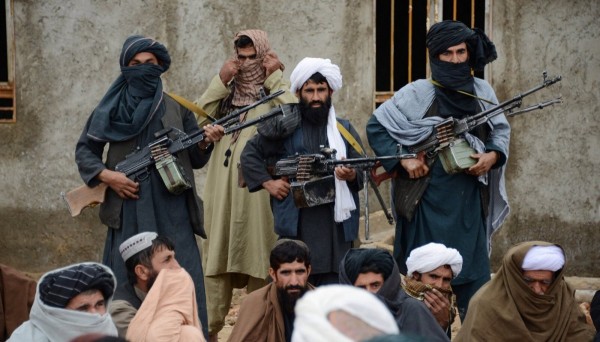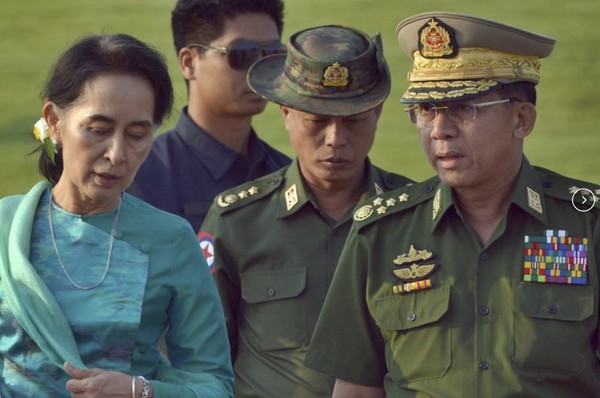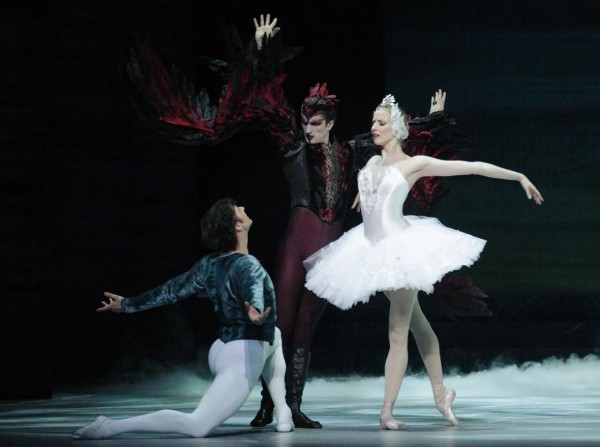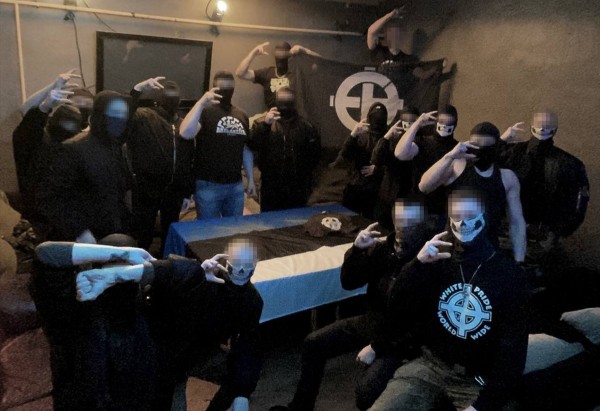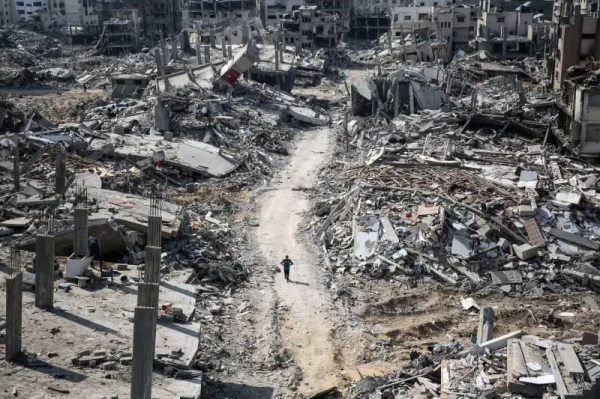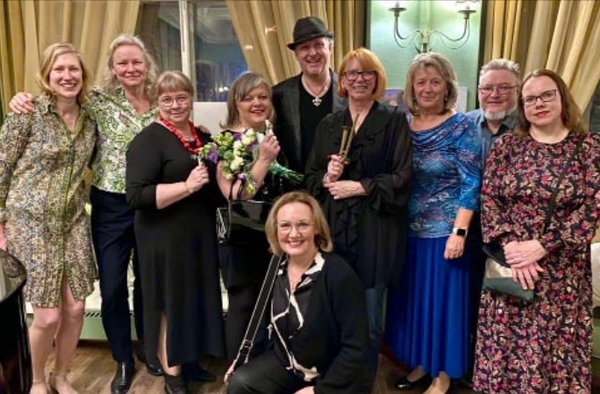Laas Leivat
The last article discussed themes prominent in recent Russian propaganda. They were likely meant to provide emotional sustenance to the Russian-speaking community in Estonia to mourn the relocation of the Soviet ‘Bronx soldier’ monument from central Tallinn on April 7, 2007, on its tenth anniversary.
They were probably also meant to celebrate the ‘valour’ of the Moscow-instigated rioters that pillaged local businesses causing inestimable damage to retail establishments, not all of whom were owned by Estonian-speaking entrepreneurs only.
One may legitimately suggest, that an annual April 7 celebration/commemoration would be intended to halp maintain any radical differences in historical interpretation: to Russians the ‘Bronx soldier’ symbolized the ‘liberation’ of Estonia by the Red Army; to Estonians it was a constant reminder of a foreign, despotic occupation. Moscow was fully cognizant that the presence of the monument and the extra attention it would draw every April 7th would not engender respect and mutual understanding between the Russian-Estonian communities and in fact would be intended to deepen any reciprocal feelings of resentment and distrust. (The monument would also be the location for gatherings on May 9th, the Soviet Victory Day marking the end of WWII. In Toronto, a mass celebration promoted by the Russian embassy and consulate has become an annual Russian community tradition, in which the dominant element is honouring the Soviet, not Russian, past.) (Pikemalt Eesti Elu 21. aprilli paberlehest)

Easing Russia-EU travel visa constrictions spurred Moscow’s clandestine activities Estonian Life
Rahvusvahelised uudised | 22 Apr 2017 | EL (Estonian Life)Eesti Elu
Rahvusvahelised uudised
TRENDING






